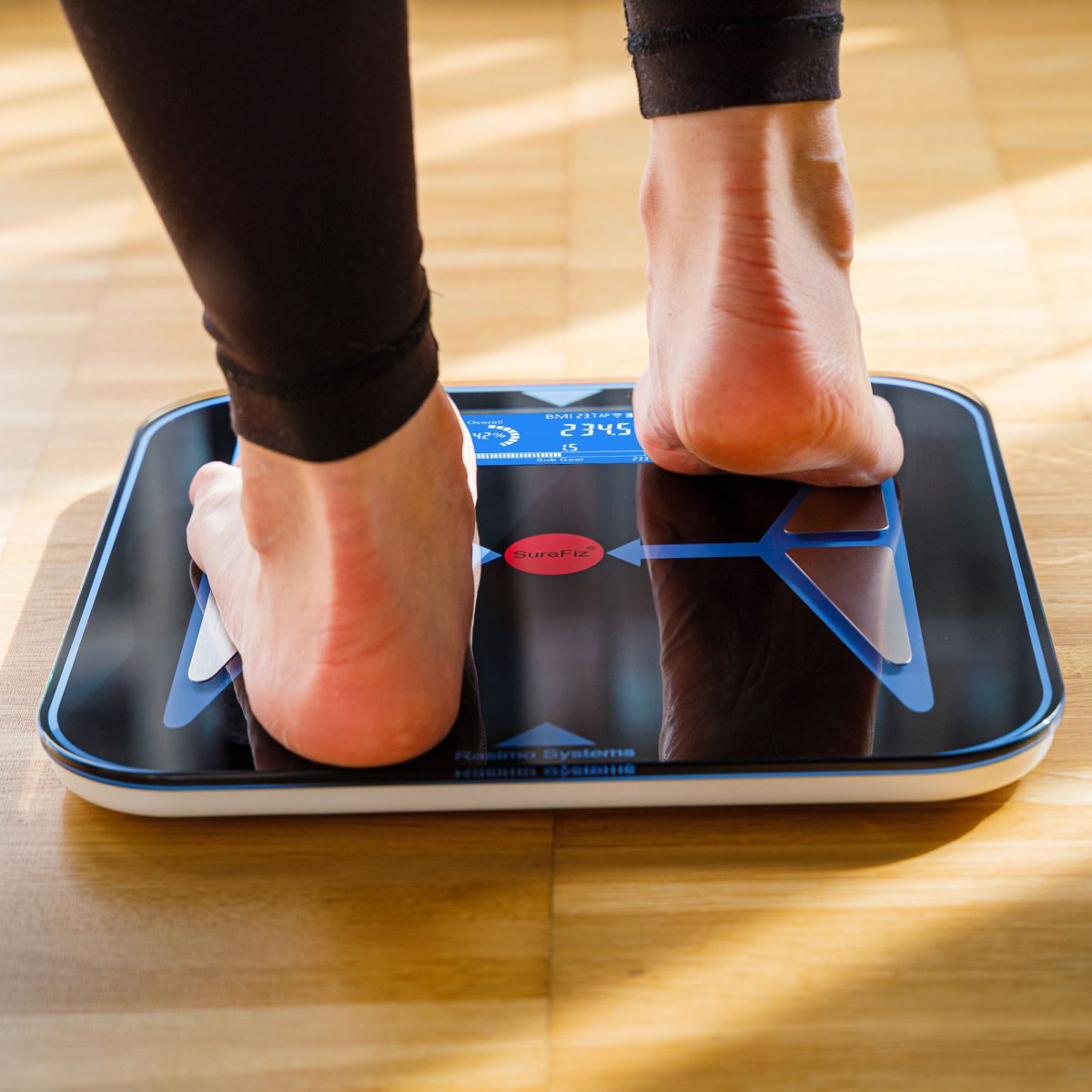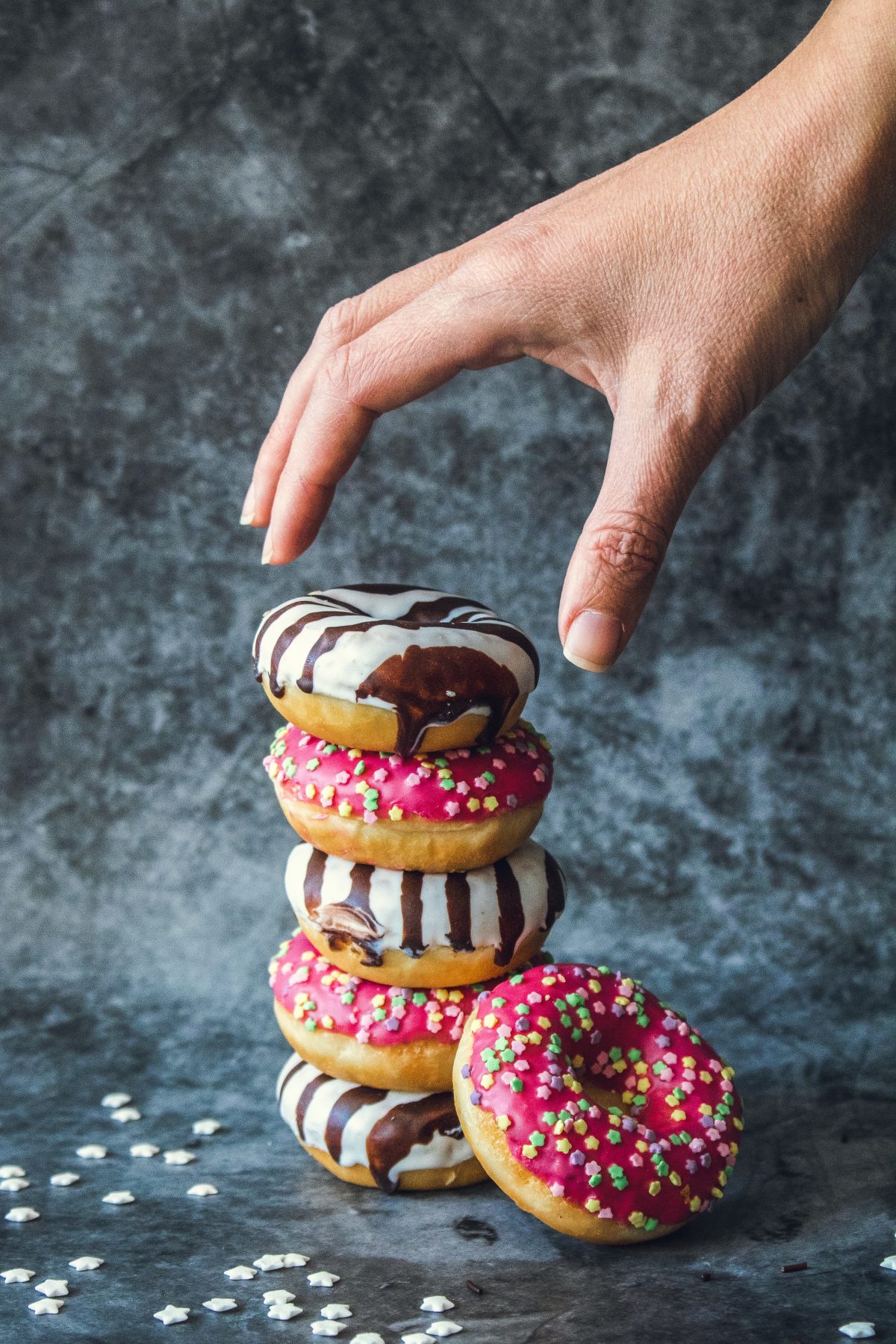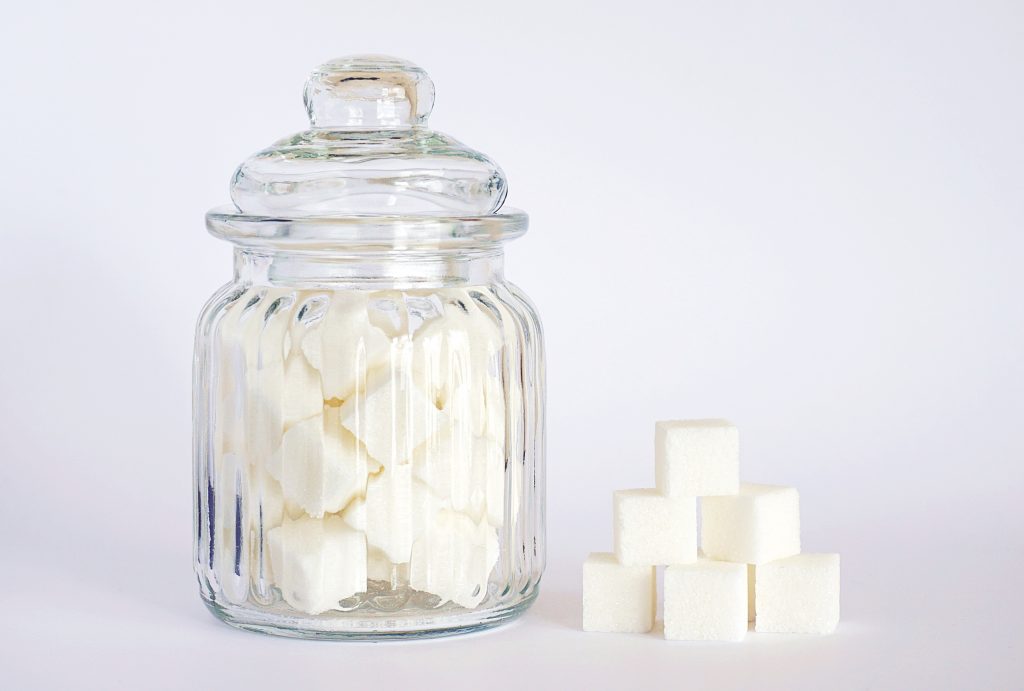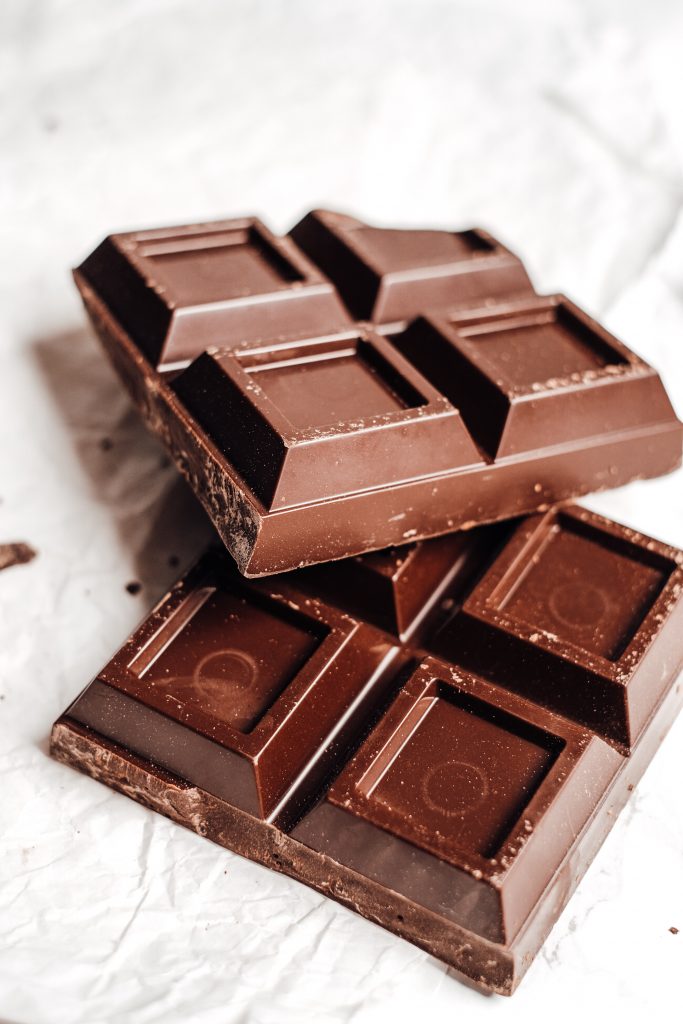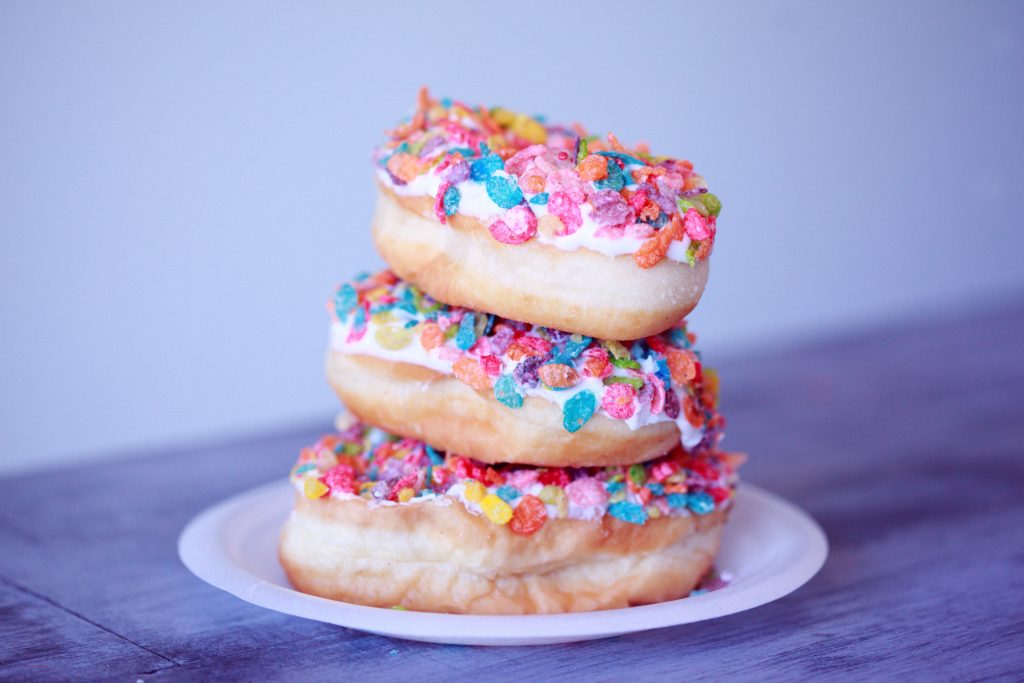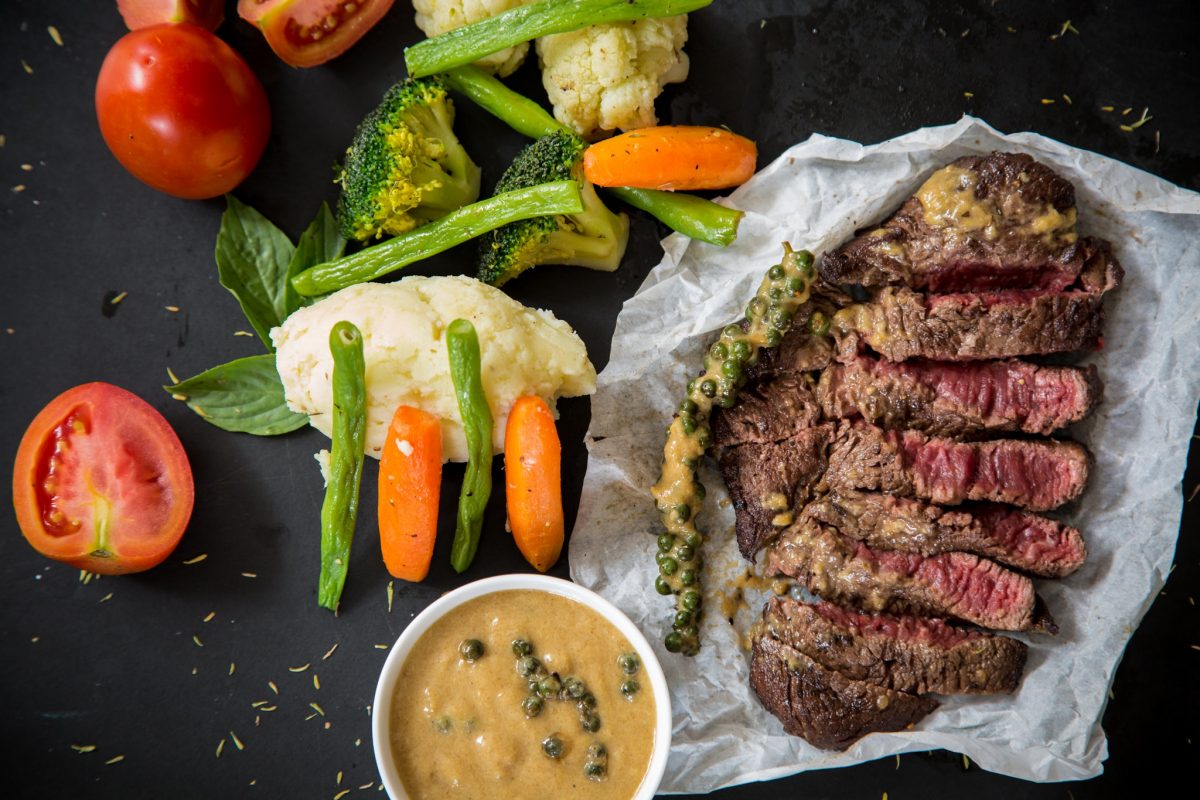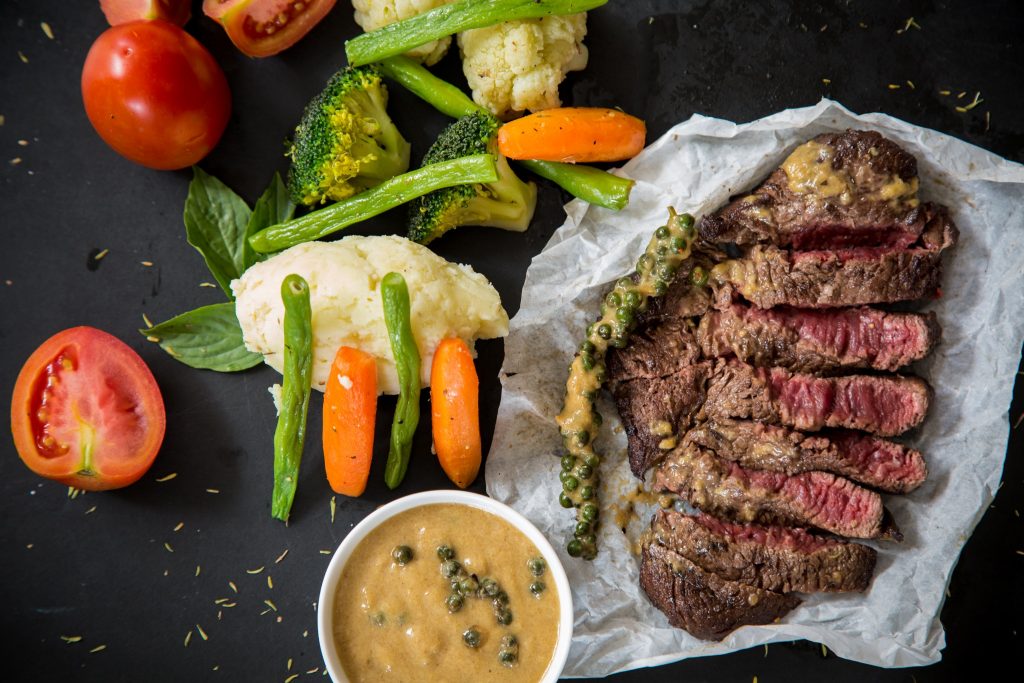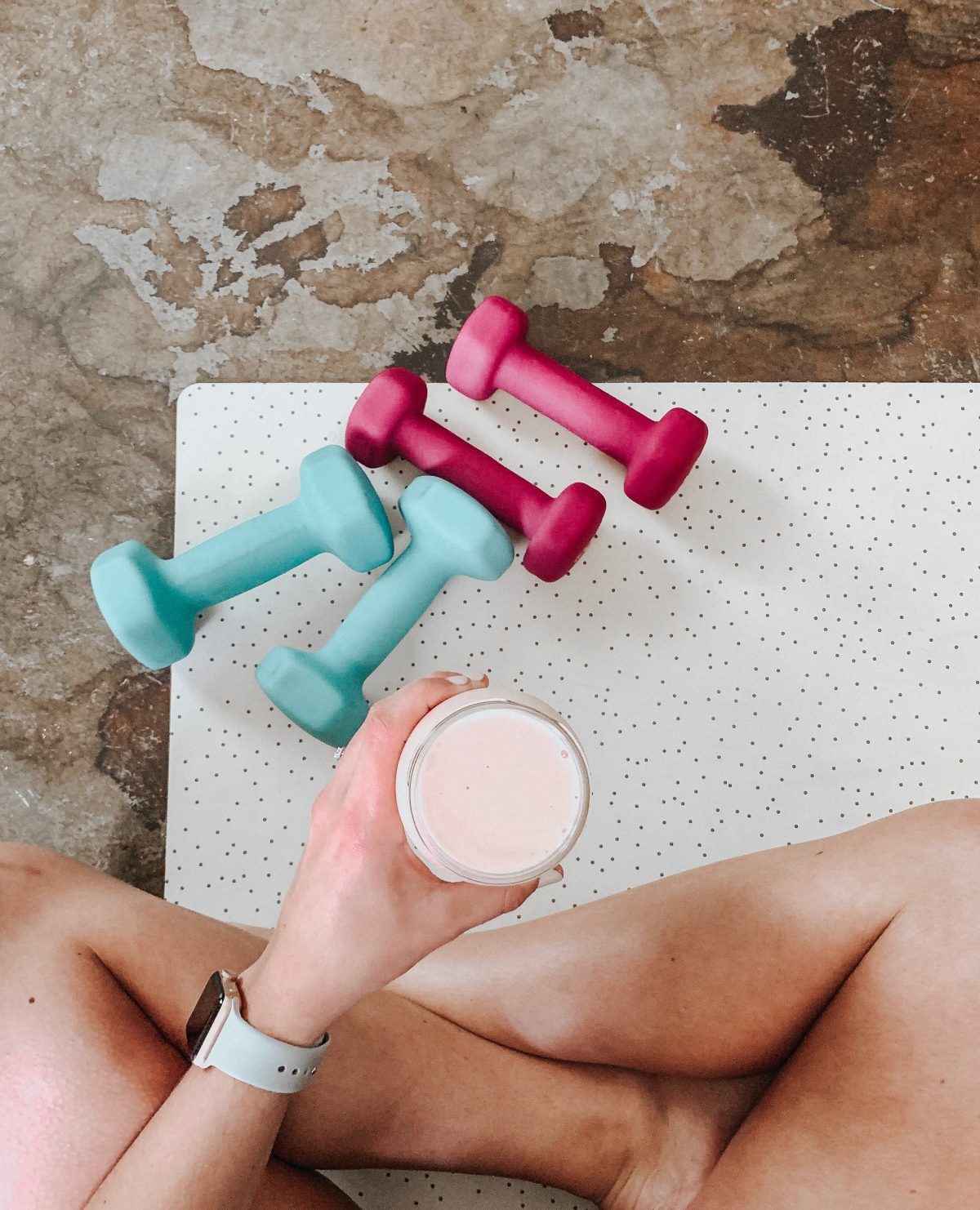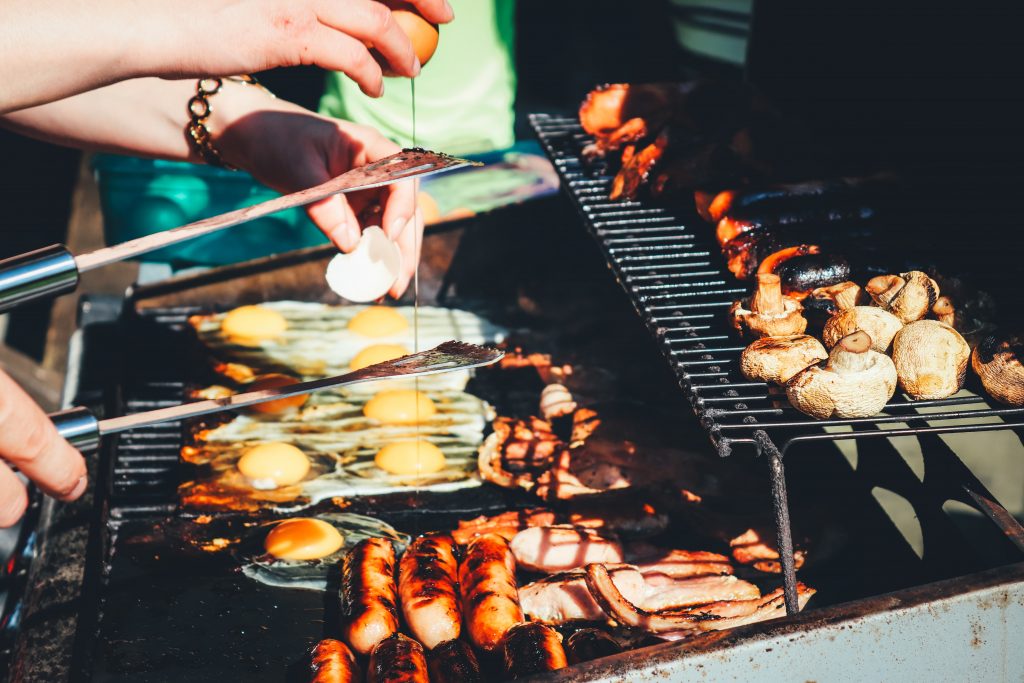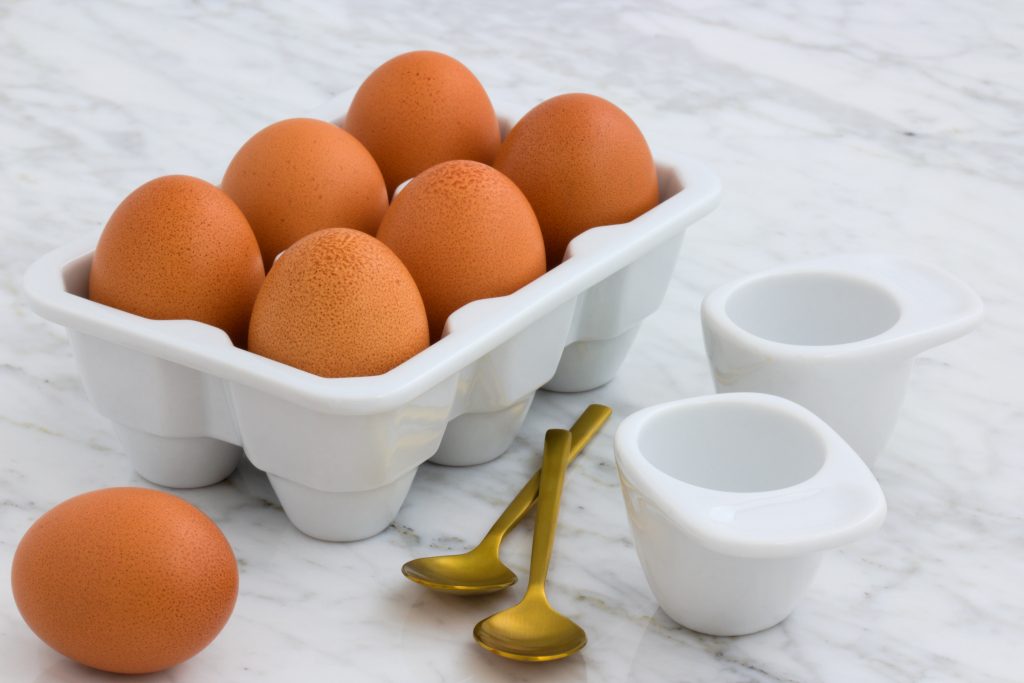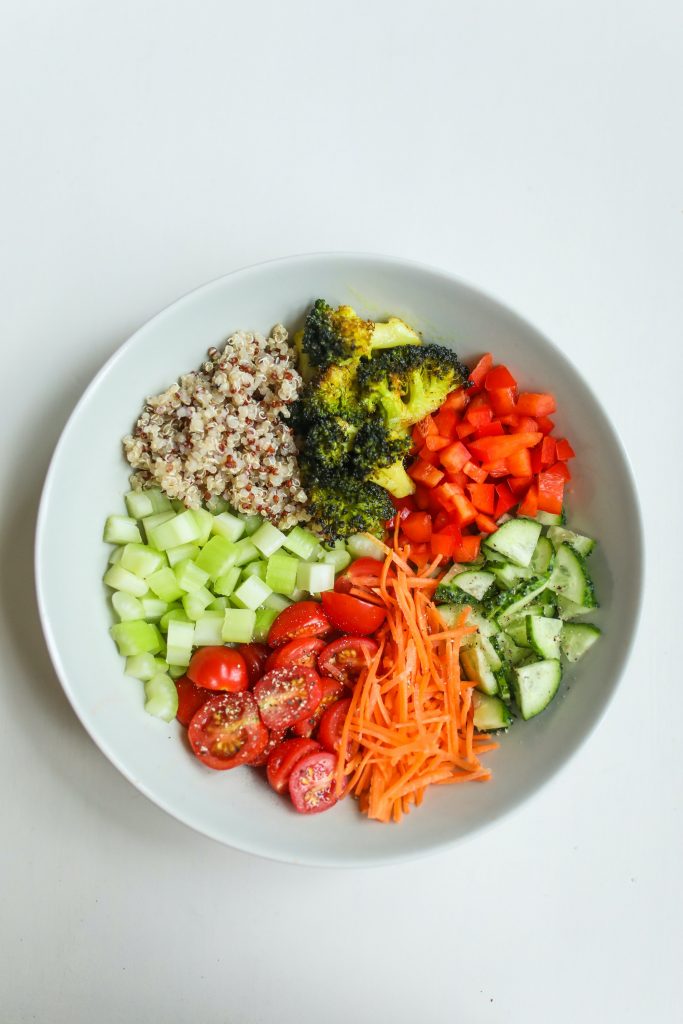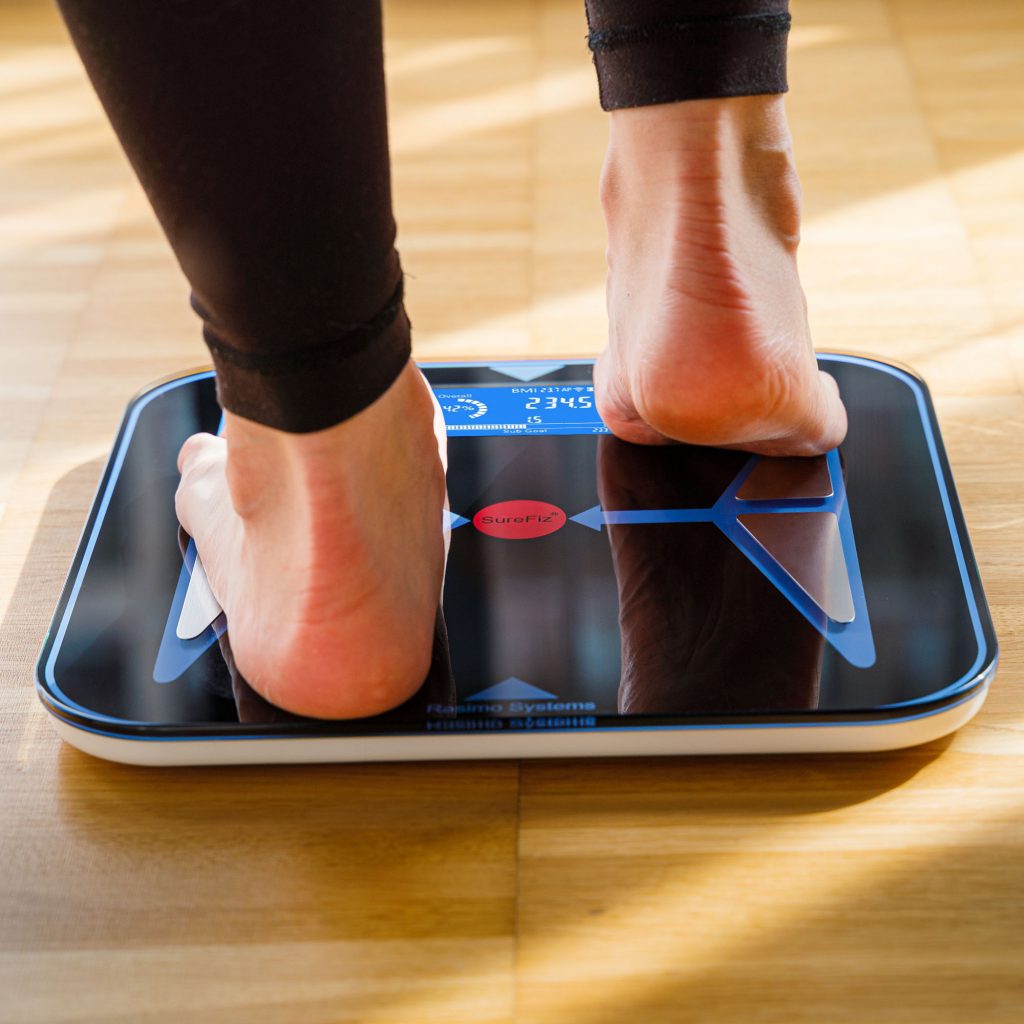
Have you ever wondered how a smart scale can help you lose more weight or reach your fitness goals? There are many more interactive features to help you lose and maintain weight than you might think.
Weight loss scales have been around for many years, but some recent technological advances with smart scales have led to major advantages in the world of fitness and weight loss. If you ever thought about trying a smart scale but weren’t sure if it was right for you, this information can help show you the reasons why you might want to take the plunge and get one as soon as possible. Whether you are looking to lose weight, maintain weight loss or even gain weight, a body composition (smart) scale can help you reach those goals. There are many different components to a body composition scale that can benefit your weight loss or gain goals. Here are just a few of the benefits you can reap almost immediately from getting a smart scale.
Knowledge is Power
People who weigh themselves regularly are more likely to lose weight and keep it off for good. You might wonder why this is the case, but having an awareness of where you’re at in your goals each day can help you make better decisions throughout the day. Knowing your weight can help you push harder in your daily exercise, resist tempting foods and make better overall health choices. According to USA Today, weighing yourself every day can help aid in weight loss and decision making with little to none negative side effects. “In a two year study of 162 overweight and obese gym members, those asked to weigh themselves daily and chart the results were more likely to lose significant weight and then keep it off. Another study of 92 overweight adults found increased weight loss among those assigned to daily use of a digital scale that sent results to a website. The numbers were accessible to both users and counselors—who followed up with tips and encouragement. The daily weighers saw no increases in depression, binge eating or other signs of disordered eating”. When it comes to goal setting and awareness, knowledge truly means power to succeed in weight loss for good.

What is Body Composition and Why Does it Matter?
There are many different body composition statistics that smart scales measure other than just weight. The main information that the SureFiz smart scale measures are: body fat, water, protein, BMI, weight, muscle, bone density, basal metabolic rate. As you can see, these components are so much more than body weight. They provide a holistic experience to help you in not only general weight loss goals but also learning more about how everything within your body is a connective experience. Your protein counts and water levels (and other facets) all work together in weight loss and in overall weight management. Once you are able to analyze all of this information in one place, you can apply it to your weight loss plan and help reach your goals faster.
Connectivity to an App
One major benefit to body composition smart scales is the ability to sync all of your body composition information to one place in an easy to use app. In order to do this your scale will need either Bluetooth or wifi capability. With Bluetooth capability you need your phone near the scale anytime you weigh so that the phone can easily connect to the scale. It can become complicated if you forget and have your phone somewhere else in the house when you step on to weigh yourself. SureFiz scales are intuitively designed with wifi connectivity so that you can keep your phone anywhere in your home without worrying about a connection. With this benefit, users simply just have to “step up” on the scale and all the connectivity is done for them.

Interactivity to Keep You on Track
The benefits don’t just stop with an interactive wifi scale. Using the connected app can open up a whole new world of information all at your fingertips. The addition of goal setting, weight management tracking, accountability circles to connect you with friends plus the addition of free workout plans, diet tips, recipes, advice from fitness and weight loss professionals, makes the smart scale a WHOLE lot smarter. With so much information all over the Internet and social media, it can be incredibly refreshing to find it all in one place, in one simple app that connects to your scale. It’s no wonder that psychologists and doctors are finding that the use of a body composition smart scale increases the chances of lasting weight loss and maintenance as opposed to those who don’t regularly use a scale. One SureFiz user said that the only thing keeping her on track during the COVID-19 pandemic was stepping on the scale regularly. “All my friends were complaining of their weight gain but I said that stepping on the scale was the only thing keeping me from going off the rails and eating all the comfort food I could find. Even when I wanted to give up I could see my progress on the app and it kept me going on the hardest days”.
Results That Speak Volumes
It doesn’t take long for the results to show. When it comes to losing and maintaining weight loss, accountability is key. Whether you have a trainer to do regular weigh-ins and body measurements, a friend or spouse, or an interactive smart scale to help you on your journey. Your results will multiply quickly and last longer when you have the ability to track your composition, see your results laid out before you and see the goal in reach. On those tough days in your weight loss journey (because we all have them and it’s part of the process), you can simply access your data and see just how far you’ve come. This tool can help keep you motivated to stay on course and keep at it! Stay strong and continue to put the work in—the results will surely come! If you haven’t seized the opportunity to get one of these amazing weight loss tools, click here and get yours now! You too can begin to see your weight loss results happen right before your eyes!




